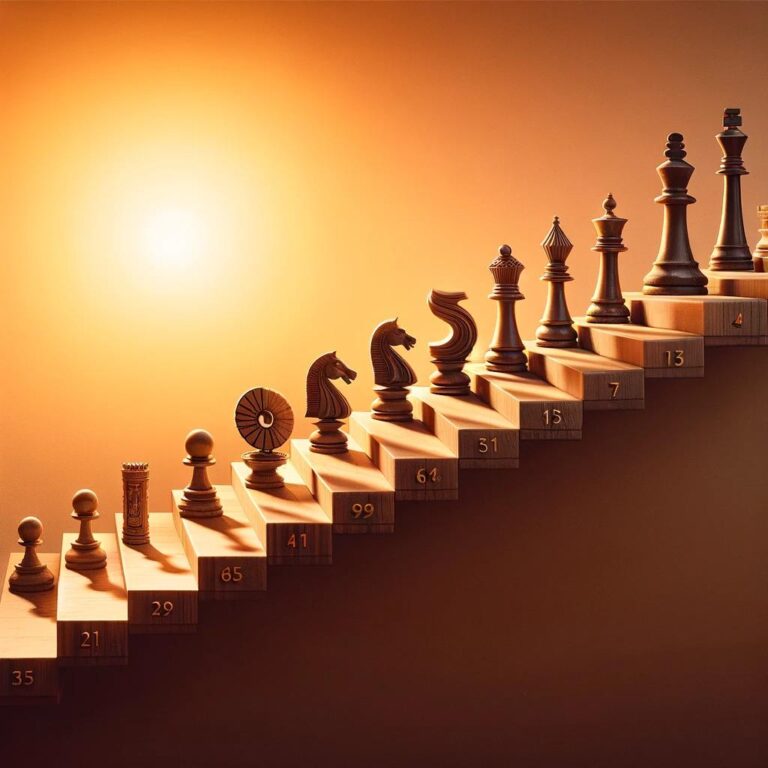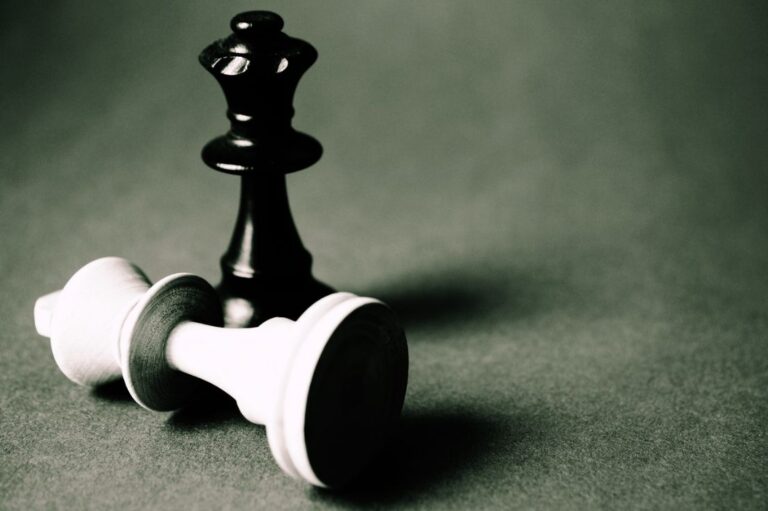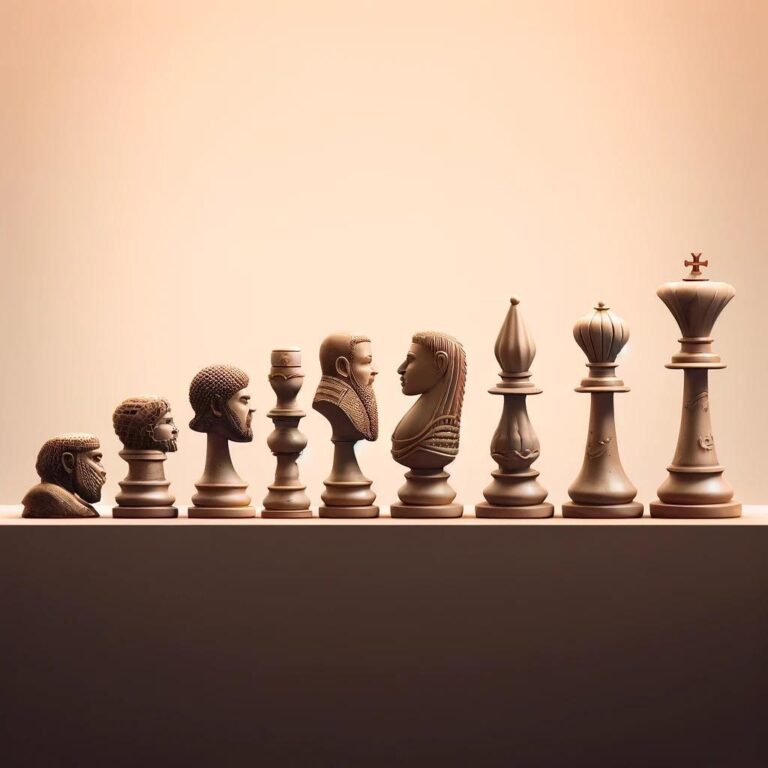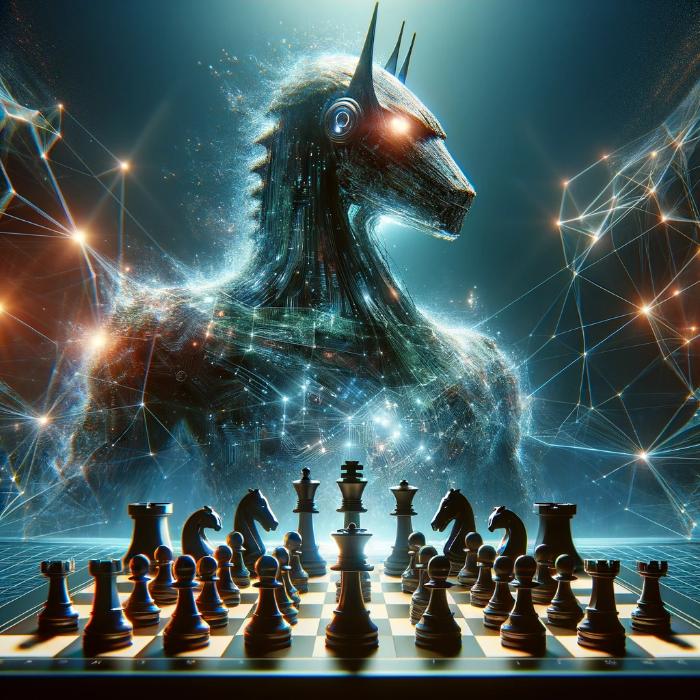In the intricate dance of strategy that is chess, every move carries the weight of potential victory or defeat. As an International Chess Master, I’ve seen firsthand how a single moment can alter the course of a game. A common term we encounter in this intellectual battleground is “blunder,” a word that both novices and seasoned players dread. But what exactly constitutes a blunder in chess, and how does it differ from other mistakes made on the board? Let’s delve into the nuances of this pivotal concept.
Defining a Blunder
At its core, a blunder in chess is a move that significantly worsens a player’s position, often turning a winning or equal game into a losing one. Unlike minor inaccuracies or even more serious mistakes, blunders are characterized by their severe impact on the game’s outcome. They result from overlooking threats, misjudging the opponent’s possibilities, or simply failing to foresee the consequences of a move.
The Impact of Blunders
Blunders can have a profound effect on the psychology of a chess game. For the player committing the blunder, it can lead to a sudden loss of confidence and an uphill battle to regain control of the board. Conversely, for the opponent, capitalizing on a blunder can provide a significant psychological boost and a clear path to victory.
Causes of Blunders
Understanding the root causes of blunders is key to mitigating them. Some common factors include:
- Time pressure: As the clock ticks down, players are more prone to making hasty decisions without fully analyzing the position.
- Overconfidence: A sense of security in one’s position might lead to a lapse in vigilance, allowing blunders to slip through.
- Fatigue: Mental and physical tiredness can impair judgment and lead to critical errors.
- Complexity of the position: Highly complex positions with multiple threats and counter-threats increase the likelihood of overlooking key elements.
Examples of Famous Blunders
Chess history is rife with examples of blunders that have decided high-stakes games. One of the most famous occurred in the 1987 World Championship match between Anatoly Karpov and Garry Kasparov, where Karpov missed a mate in one, allowing Kasparov to escape with a draw and eventually retain his title.
How to Avoid Blunders
While eliminating blunders entirely is a tall order, there are strategies to reduce their frequency:
- Time management: Allocate your time wisely to ensure you have enough to evaluate critical positions thoroughly.
- Stay vigilant: Always assume your opponent has a threatening move and look for it.
- Practice and study: Regular analysis of your games and those of stronger players can help you recognize patterns and avoid common pitfalls.
- Physical and mental preparation: Ensuring you’re well-rested and focused before a game can significantly reduce the likelihood of blunders.
Conclusion
Blunders are an inherent part of chess, serving as harsh but valuable lessons in the never-ending quest for improvement. They remind us that chess, at its heart, is a human game, full of imperfections and unexpected turns. Embracing these moments, learning from them, and gradually reducing their occurrence can transform them from game-losing errors into stepping stones toward mastery. Whether you’re a beginner or an experienced player, understanding and addressing the nature of blunders is crucial in the journey to deepen your chess acumen.







